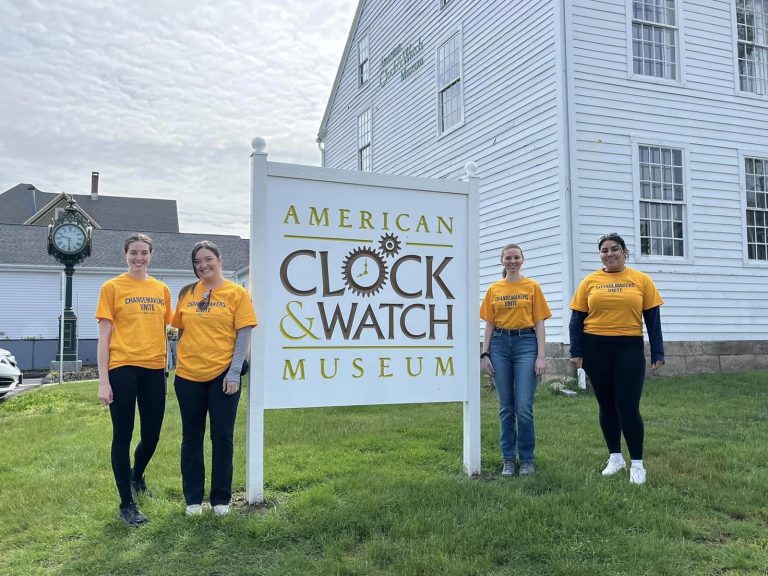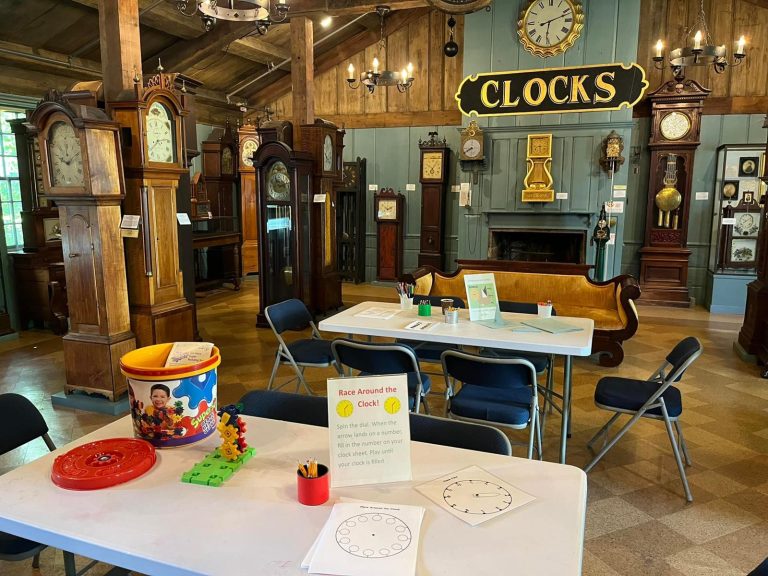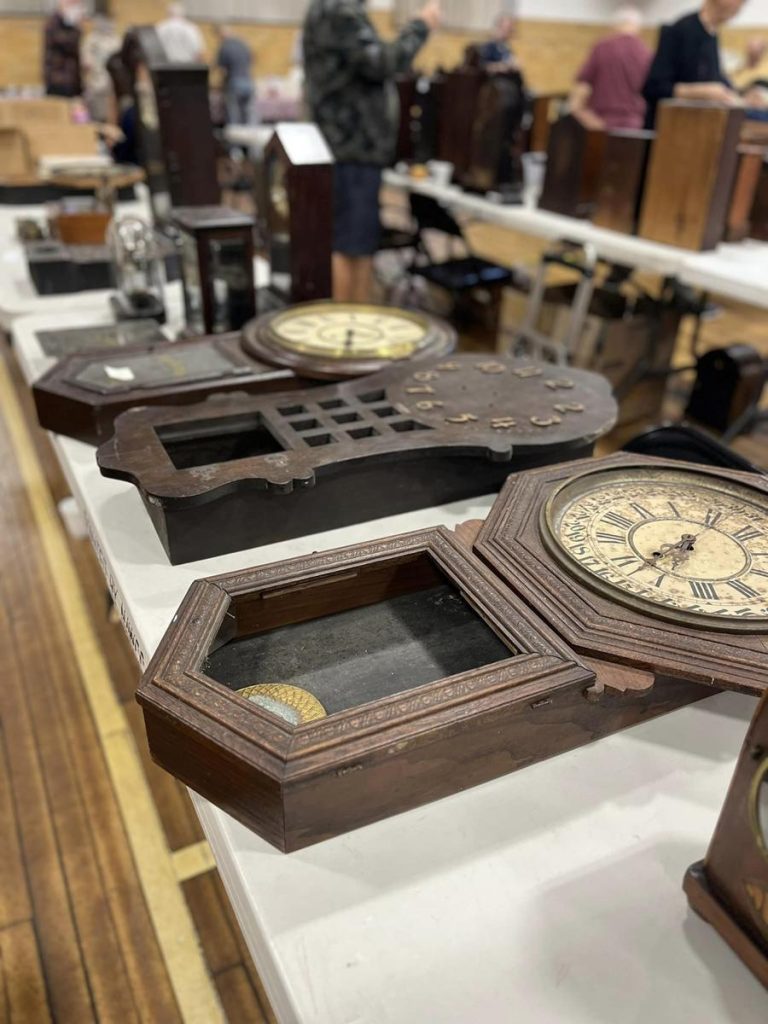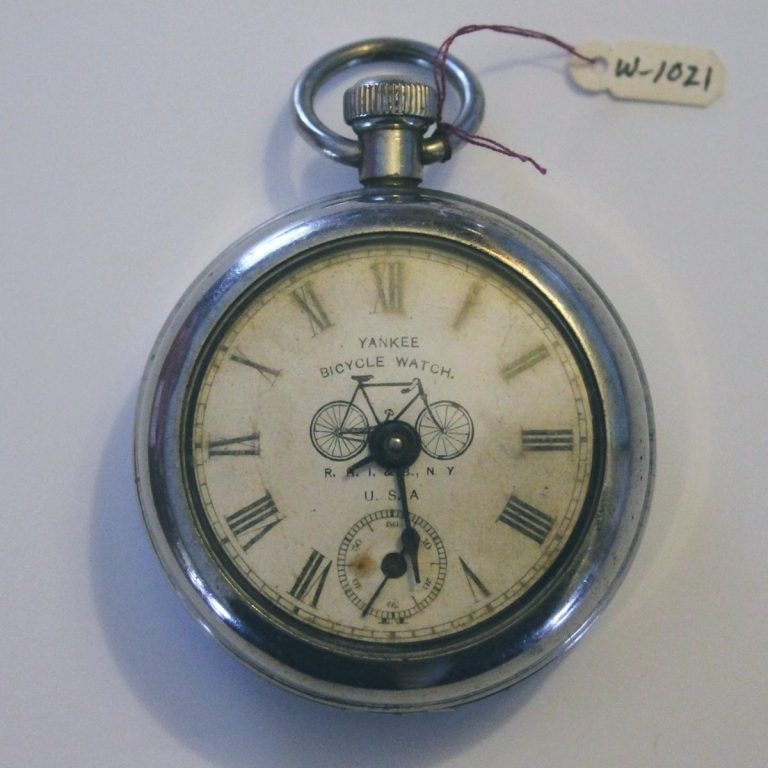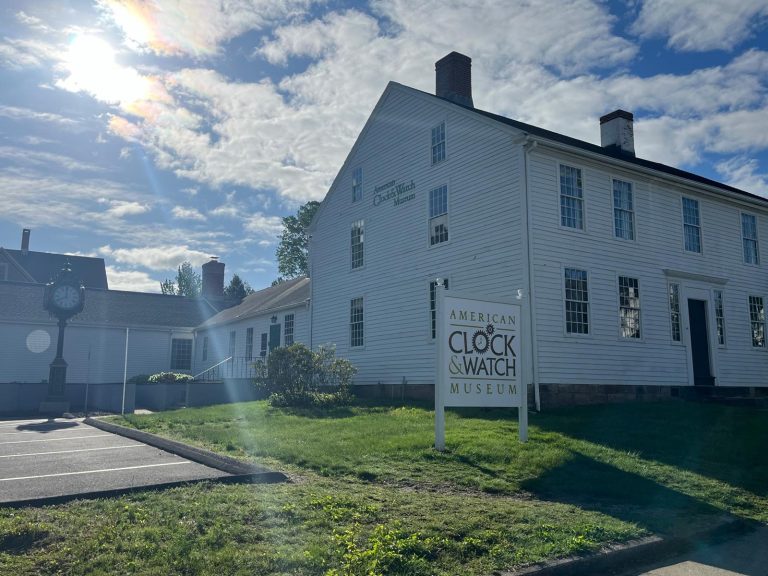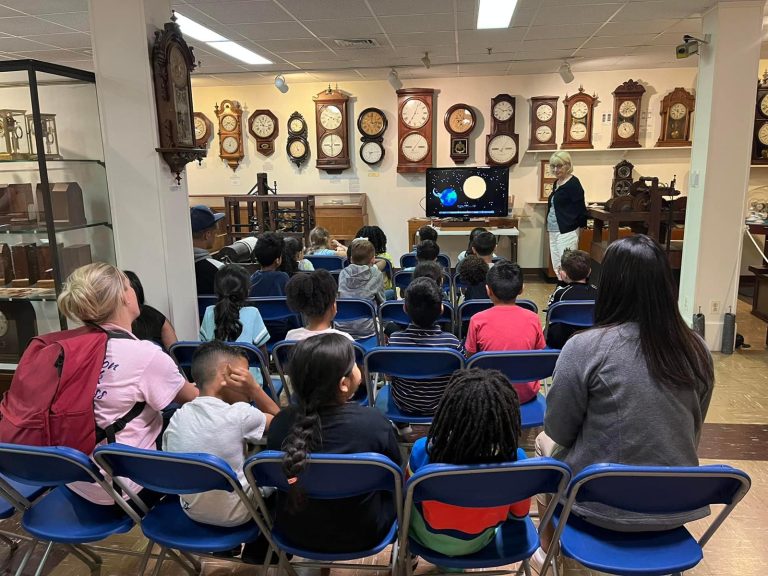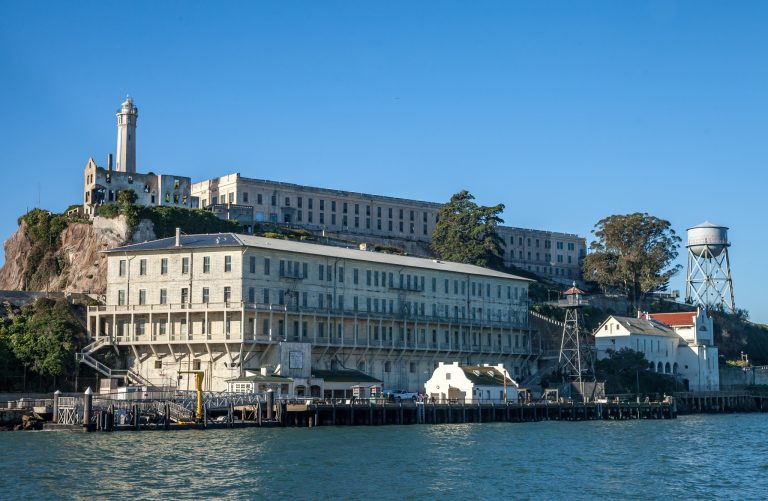This specialized museum offers students a unique opportunity to explore the history and craftsmanship behind timepieces. Home to over 1,500 clocks, watches, and other artifacts, the museum provides interactive exhibits that emphasize the art and engineering of horology. Students can engage with vintage timekeeping devices, understanding how technology evolved over centuries and contributed to modern science and mechanics.
Field trips to the museum are meticulously designed to align with STEM principles, with a strong focus on the intersection of engineering and design. The programs are structured to encourage students to analyze the mechanical intricacies of clocks, fostering skills in observation, problem-solving, and critical thinking. Moreover, the museum’s emphasis on Connecticut’s significant role in the American clock-making industry reassures educators about the depth of knowledge their students will gain.
The museum’s educational experiences are not just informative, they are enhanced by hands-on activities, such as scavenger hunts, that engage younger visitors in the exhibits. Guided tours delve deeper into horological history, making complex mechanical concepts accessible for various age groups. The museum’s interactive approach is designed to encourage students to appreciate both the scientific and cultural dimensions of timekeeping.
With its focus on art and technology, the museum fosters interdisciplinary learning, blending history, physics, and craftsmanship. This makes it a fitting destination for mechanical engineering, history or design students. Special programs and workshops further deepen the educational impact, allowing students to explore themes like innovation and precision, which remain relevant in today’s digital age.


